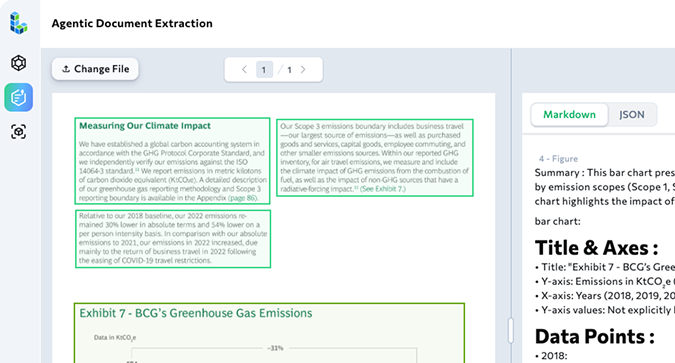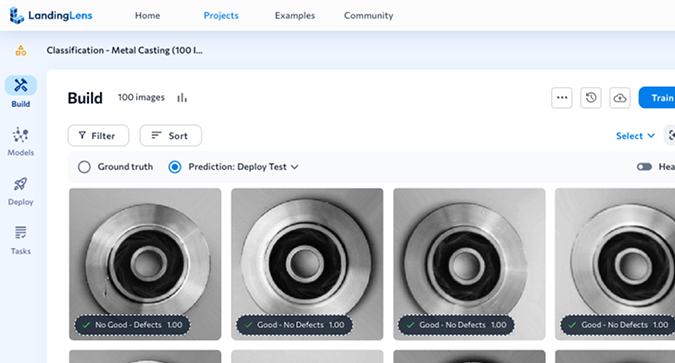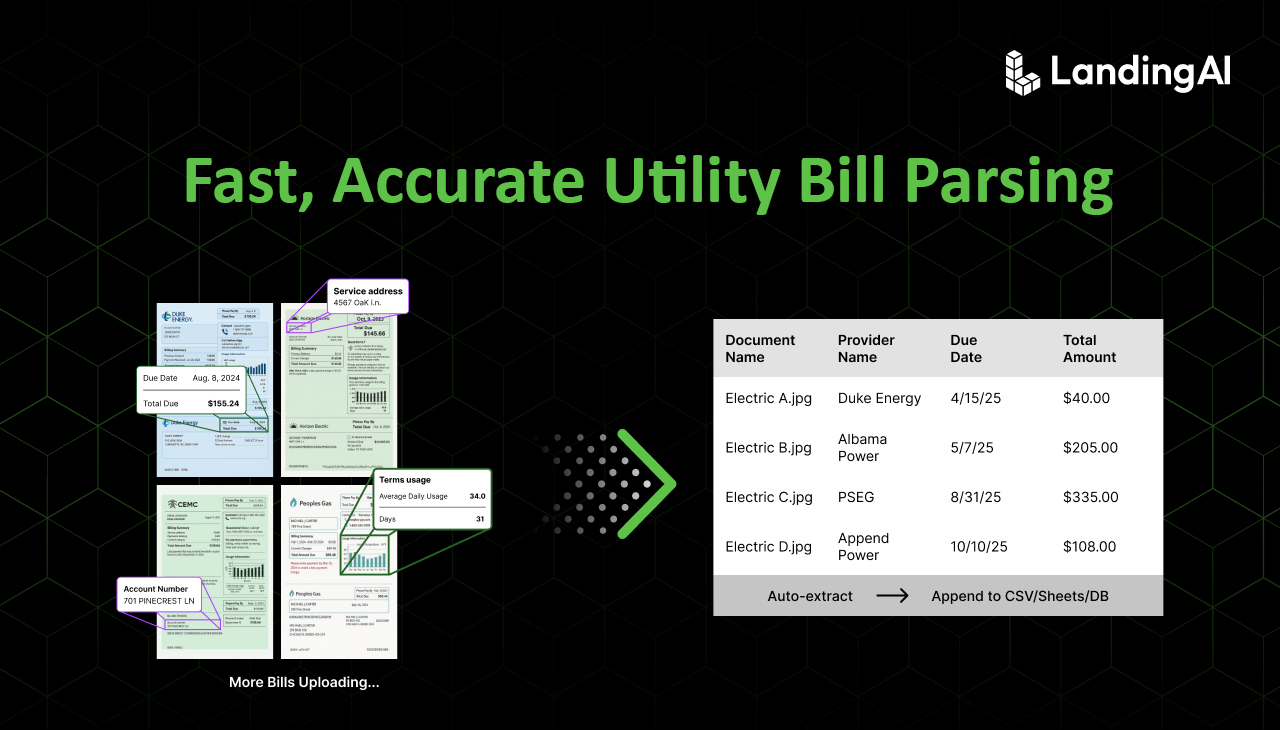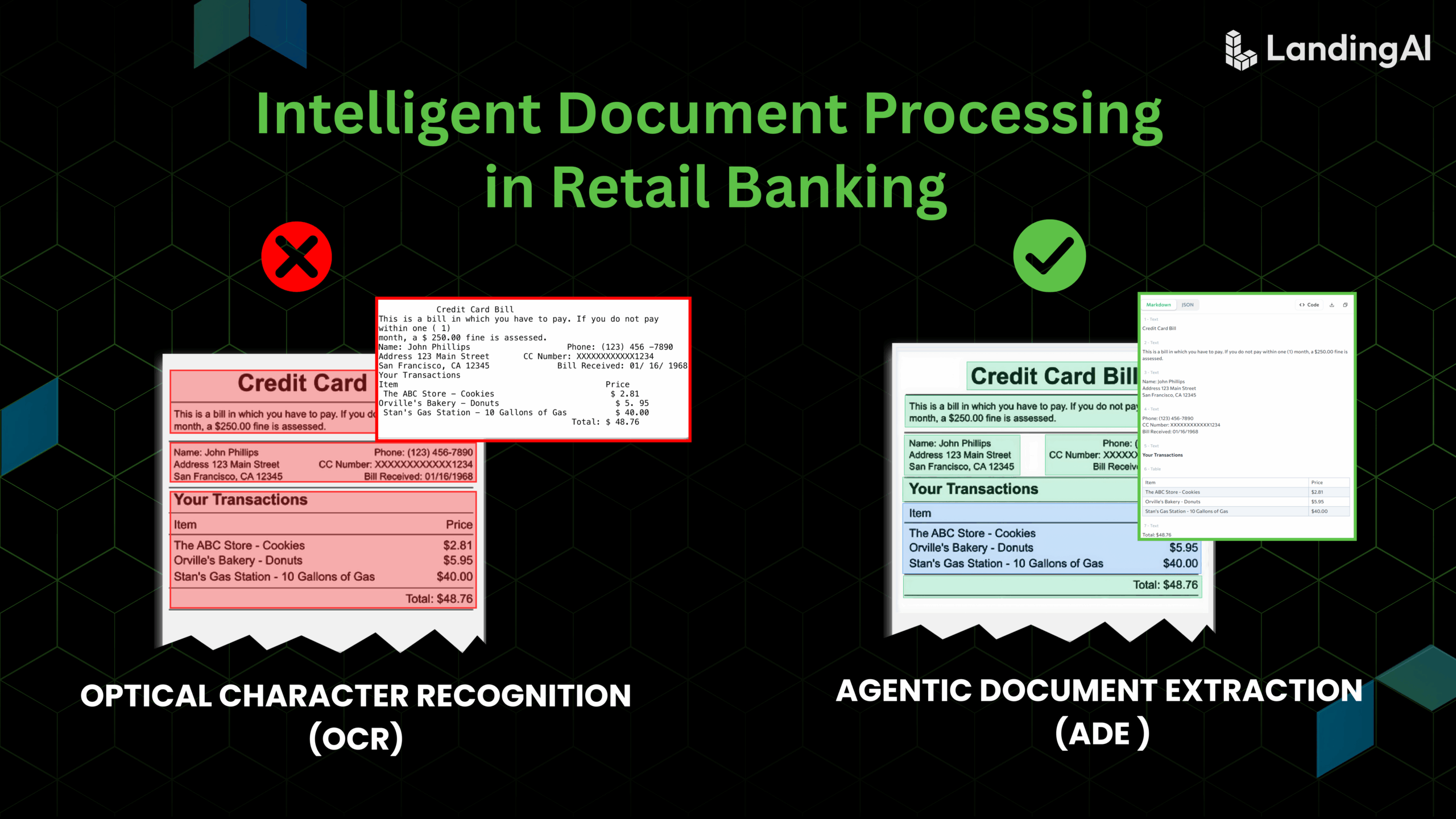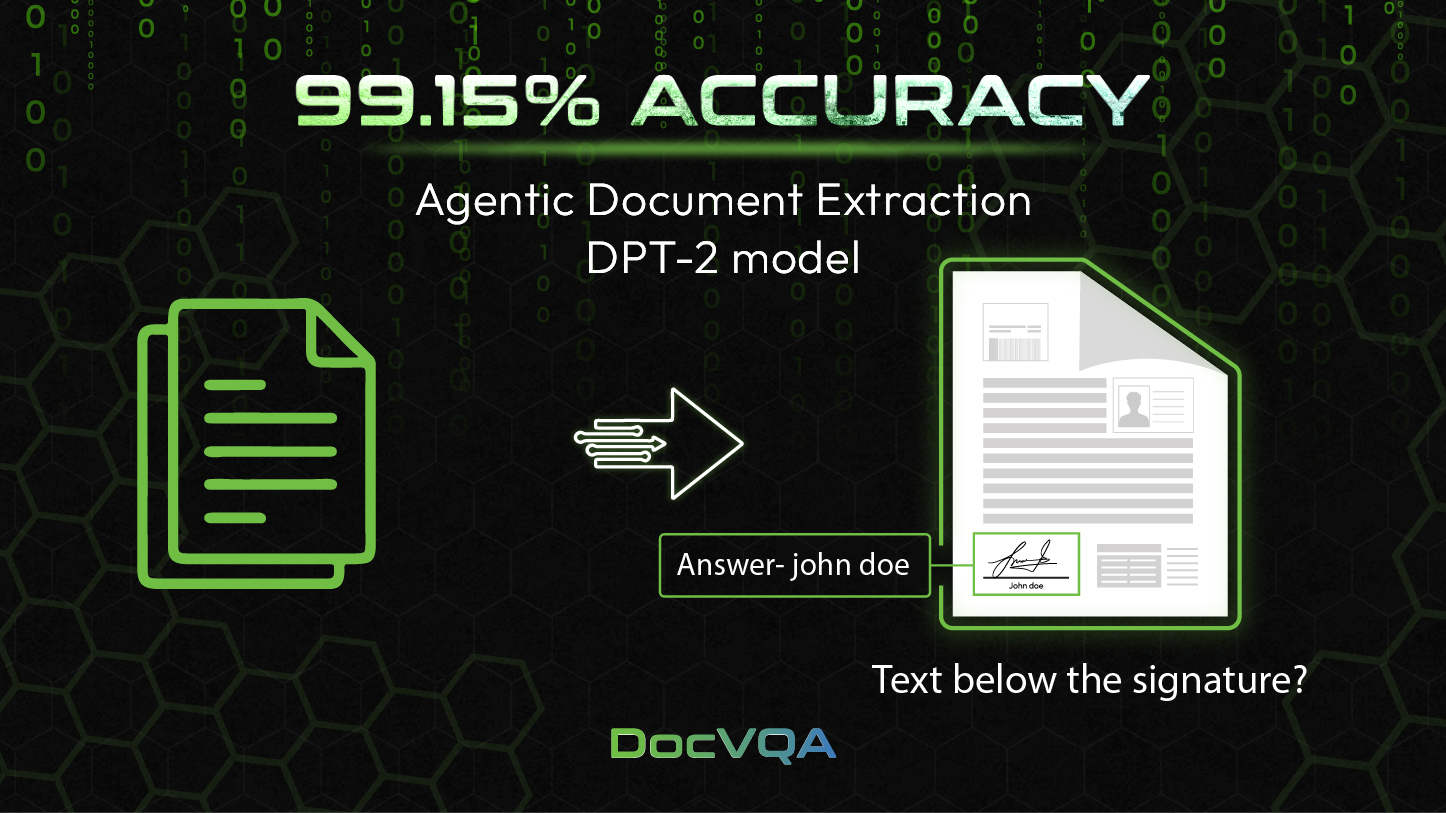Parsing utility bills at scale sounds straightforward—until you face the reality of hundreds of providers, inconsistent layouts, fuzzy scans, and time-critical reporting cycles. Manual review and brittle templates are no longer sustainable. What’s needed is a parsing approach that balances accuracy, throughput, and compliance while reducing operational overhead.
LandingAI’s Agentic Document Extraction (ADE) introduces a new way to parse utility bills: simple, accurate, and fast. With ADE, teams can normalize data from electricity, gas, and water bills—without endless rule tuning. To make adoption easy, we’re releasing open resources on GitHub along with a short overview video and a full walkthrough that demonstrate real-world usage with both digital PDFs and cell phone photos.
👉 Watch the overview video (~1 minute)
👉 Get the code on GitHub
👉 Watch the code walkthrough video (7 minutes)
Seeing is believing. These are the real-world, diverse utility bills you’ll see converted into structured data.

Why Traditional Approaches Fail
Many enterprises still rely on OCR templates, RPA scripts, or vendor-specific pipelines for utility bill parsing. These methods quickly break down because:
- Layouts vary widely, with every provider presenting data differently.
- Data quality fluctuates, as scanned images, user photos, and low-quality PDFs are common.
- Change is constant, since utilities frequently update formats without notice.
The result is missed deadlines, inconsistent data pipelines, and costly human review.
Agentic Document Extraction: Reliability Without Templates
LandingAI’s ADE goes beyond OCR. It orchestrates deterministic logic, machine learning models, and large language models (LLMs) into a robust, agentic workflow.
Figure 1 shows how ADE detects individual chunks in an electric bill photo, bounding each region for traceability.
By breaking parsing into smaller steps, ADE achieves higher accuracy with confidence scoring, explainability through visual grounding (every extracted field links back to its source), and scalability across thousands of providers.
In practice, ADE captures the wide range of data elements required for enterprise energy analytics, including:
- Meter number and service address
- Therms usage and consumption values
- Billing period and due date
- Tariff, rate plan, and time-of-use (TOU) details

By normalizing bills across providers, ADE eliminates the fragmentation that plagues traditional parsing systems and produces clean, trustworthy datasets that downstream teams can rely on.
Figure 2 shows the output from a custom schema applied to a batch of electric bill images and PDFs, demonstrating how organizations can define exactly which fields matter most to them.
For added flexibility, users can define their own schema, tailoring extraction to business requirements. Documentation explains how to customize schemas to match specific workflows.

Open Resources to Get You Started
To help teams get hands-on quickly, we provide:
- Visual Playground with free credits for drag-and-drop testing.
- Code, sample inputs, and outputs on GitHub covering nine real electric bills.
- Step-by-step video tutorial that shows the GitHub resources in action.
Seamless Integration With Enterprise Data Platforms
The output of ADE pipelines can be directed into Snowflake, Databricks, or other enterprise data lakes, creating a utility bill data pipeline that is both scalable and governed. Once extracted, energy bill data integrates directly with financial systems for accurate cost tracking and forecasting.
Built-in validation rules and confidence scores ensure compliance with internal standards, while human-in-the-loop processing allows exceptions to be resolved without derailing automation. The result is faster reporting cycles, reduced manual intervention, and greater confidence in the data powering enterprise dashboards.
Future-Proof Document Processing
Utility bill formats will continue to evolve, but ADE’s agentic approach is built to adapt. By combining deterministic rules with AI, ADE can adjust to new layouts without breaking existing pipelines. It supports continuous improvement through model updates and provides a roadmap for scaling intelligent document processing across additional domains beyond utilities.
This flexibility ensures that the investments organizations make today will continue to deliver value as their document landscape changes tomorrow.
Conclusion
Enterprises face constant pressure to deliver reliable, on-time data for operations, compliance, and reporting. Traditional template-based approaches to parse utility bills are brittle, costly, and difficult to maintain.
LandingAI’s Agentic Document Extraction provides a future-proof alternative. It enables accurate field extraction across electricity, gas, and water bills, offers a simple setup with open-source scripts and tutorials, and integrates seamlessly with enterprise data platforms like S3, Snowflake, and Databricks.With ADE, you can build a utility bill data pipeline that is accurate, scalable, and ready for the future. Learn more on the Agentic Document Extraction Product Page, explore pricing on our Subscriptions page, review data privacy practices in our Trust center, or contact Enterprise Sales if you are processing more than 1 million documents annually.
